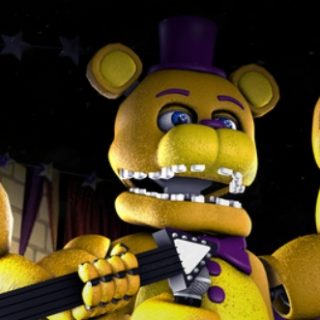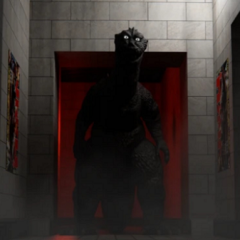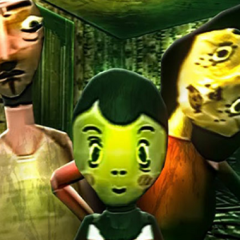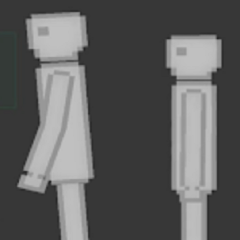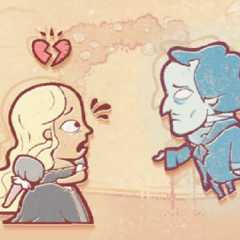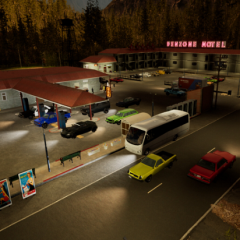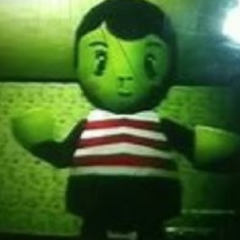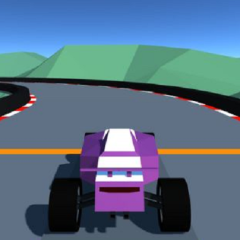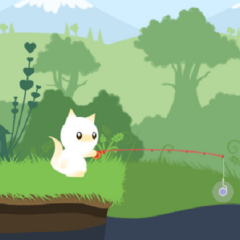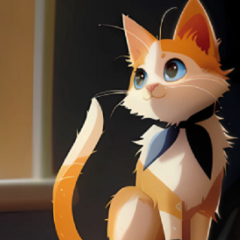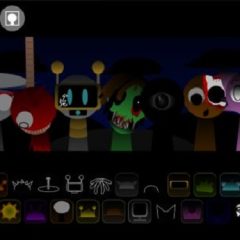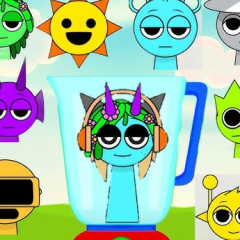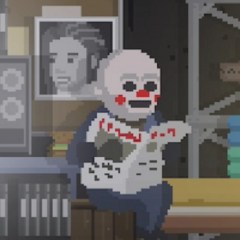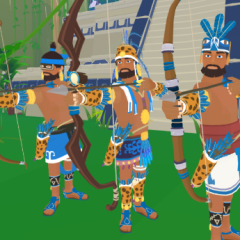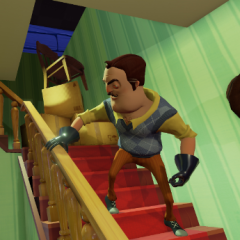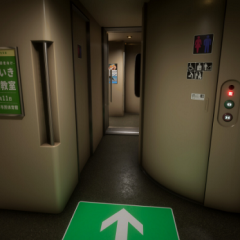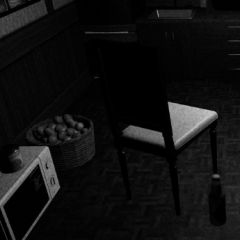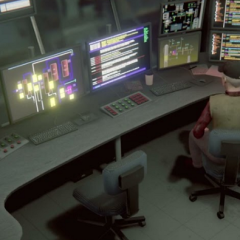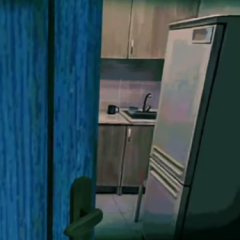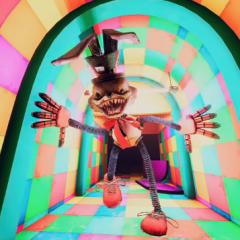Structure of play
Unlike the static desk gameplay from earlier FNAF entries, Those Nights at Fredbear’s gives freedom of movement inside the environment. The player can explore rooms and corridors, interact with objects, and solve small puzzles to unlock progression. Each night becomes progressively more difficult as the animatronics grow faster and less predictable. Managing time, resources, and awareness is crucial, since mistakes often result in sudden failure.
Main tasks during play
Every session requires the player to balance a cycle of responsibilities:
- Searching for items or keys to advance the story
- Watching and avoiding animatronic patrols
- Using light carefully in darkened areas
- Solving simple puzzles to open blocked paths
- Surviving until morning to unlock the next night
These duties create a rhythm where tension and discovery go hand in hand, ensuring constant pressure throughout the experience.
Threats and atmosphere
The animatronics form the central challenge, including Fredbear, Spring Bonnie, and other figures tied to the diner. Each moves differently, making it essential for the player to study behavior and respond with the right strategy. The environment itself contributes to fear, with broken equipment, faded posters, and audio fragments hinting at what happened in the past. This approach allows the narrative to unfold gradually without heavy dialogue or direct exposition.
Legacy and continuation
Although the original development of Those Nights at Fredbear’s was cancelled, the idea survived through fan reimaginings. Community projects such as New Destiny added depth, new mechanics, and alternate endings, keeping the concept alive. Because enemy patterns vary and branching paths exist, replaying always feels different. The dedication of the fan community has ensured that Those Nights at Fredbear’s remains relevant, showing how a single unfinished idea can evolve into a lasting part of horror gaming culture.


